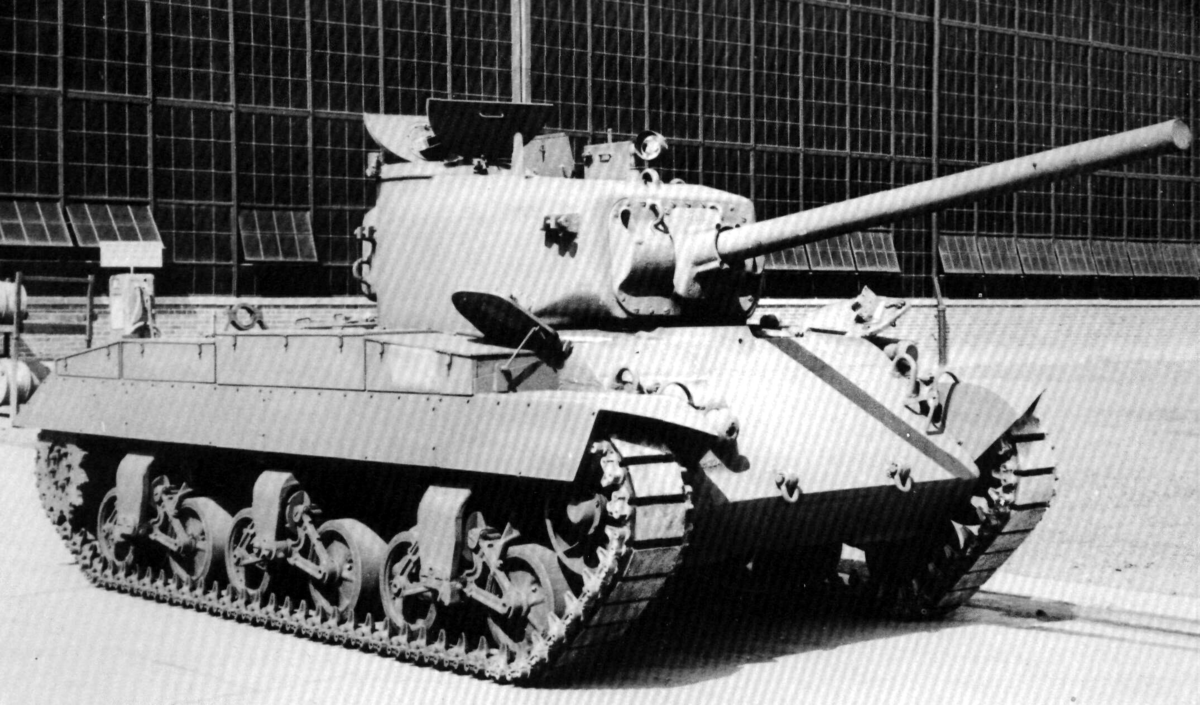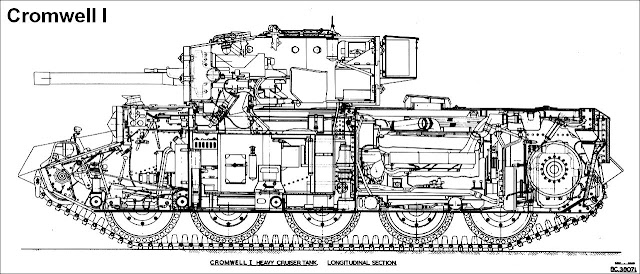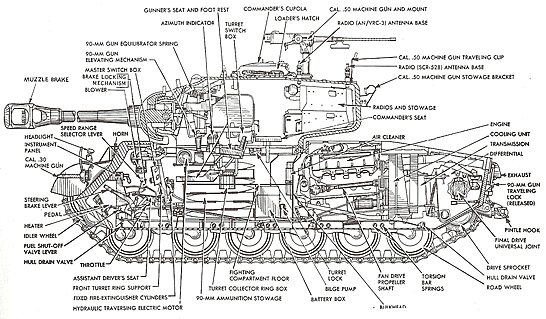Allan can weigh in but a quick look at his posts from ...3 years ago

... show that the Victor is NOT 4 inches of slopped armour. It is 4 inchces equivalent. "
He proposed that the Victor would provide 4 inches of armour on the front hull and turret, with 3.5-inches on its sides. The armour would be sloped to provide the level of armour while keeping the weight down as far as possible, though it was likely to be in the 30-32 ton range". So in some places it will be 4 inches where relatively flat but in others thinner as it is slopped (couldn't find the angle in the old threads- 60 to 50 degrees give or take would be a fair assumption without getting crazy... but then if the weight really was 32 tonnes it might be more. Victor is well armoured...but not much more than a Matilda II and almost exactly the same as a Panther. (3.1 inches at 55 degrees with a bit of trig gives just a hair under 4 inches). Now honeslty there is no way that thing is only going to weigh 30 to 32 tonnes. We know what a V-12 powered , 3 inch gun, 4 inch armour equivalent tank weighs... and thats a Panther.. at 45 tonnes. Now teh Victor has one position less (front MG) which saves some space, therefore armour, and while Torsion Bar suspension is great, the Panther had a lot of interlocking wheels. Finally the 75mm KwK was a bit bigger than the 1931 AA that vickers is using for the basis of the gun. All those will save some weight for sure but the Victor is going to be in the high 30s, pushing 40 tonnes. Howeverit is NOT going to be immume to 88mm with 100mm of armour.
The Victor is an equivalent of a Panther. except no second MG, a tad smaller, very slightly better armoured and a slightly lower velocity gun. Except with more reliable suspension and , once the teethig problmes are sorrted out a better drive train with the Meteor / Merritt Brown.

 en.wikipedia.org
en.wikipedia.org


